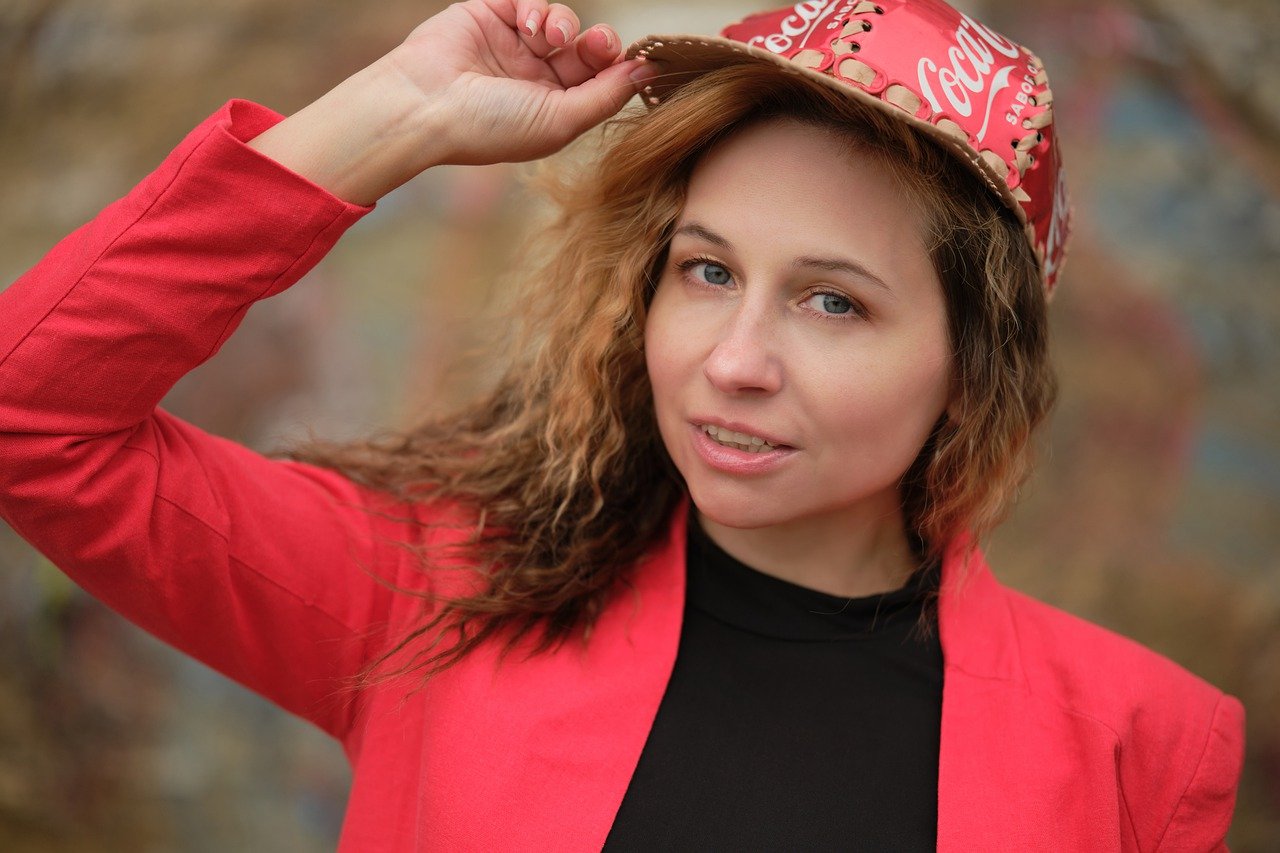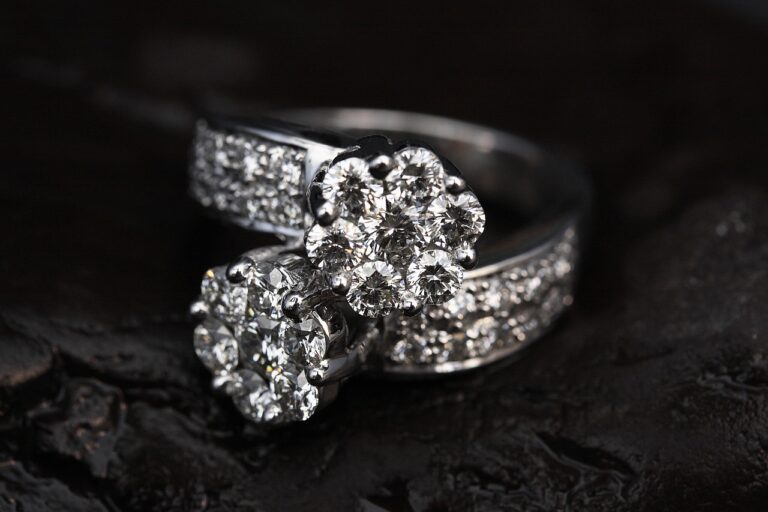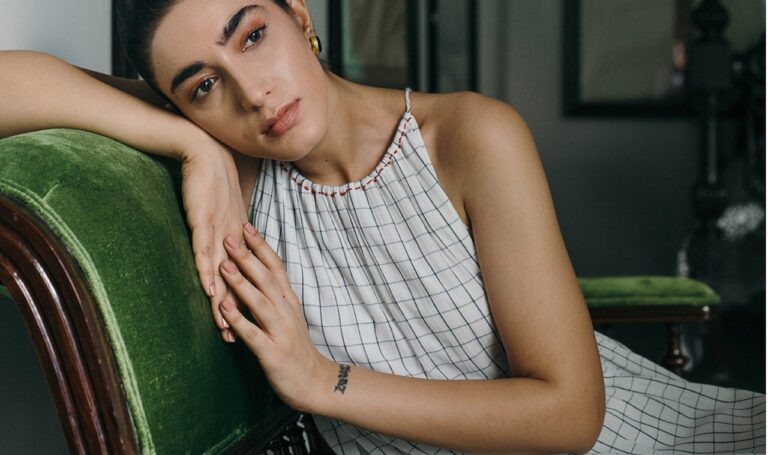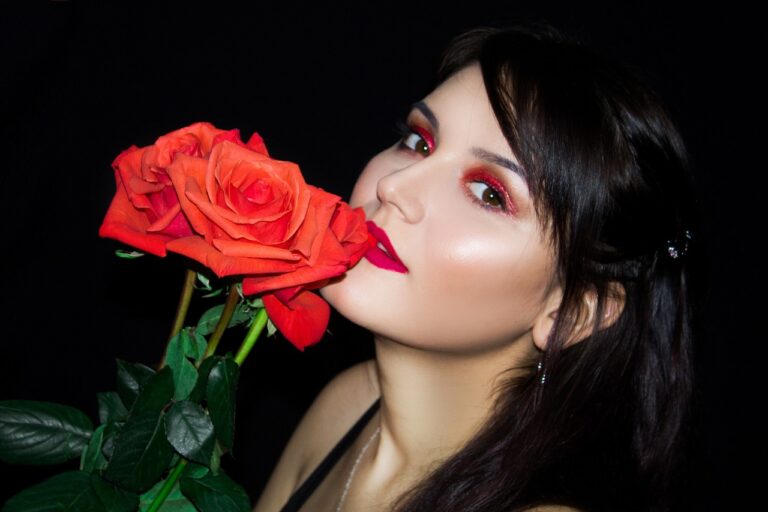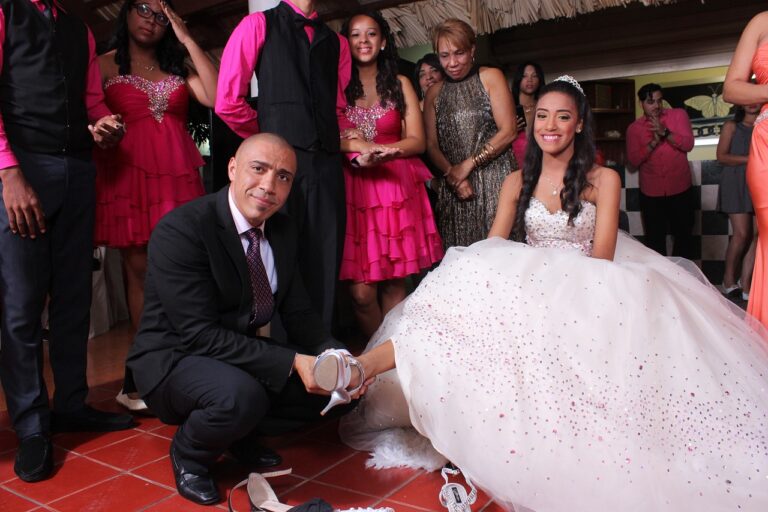Fashion and Literature: Exploring Style Through Classic and Contemporary Books
When we think of fashion, we often think of clothing, trends, and personal style. However, fashion is much more than just what we wearit is a form of self-expression, a reflection of society, and a means of storytelling. In the same way, literature also serves as a powerful tool for storytelling and self-expression. By examining the intersection of fashion and literature, we can gain a deeper understanding of how style is portrayed, interpreted, and celebrated through the written word.
Fashion in Classic Literature
Classic literature is filled with vivid descriptions of clothing, accessories, and style choices that reflect the time period in which the story is set. Authors often use fashion as a means of character development, social commentary, and setting the scene. Let’s explore some examples of how fashion is depicted in classic literature:
Pride and Prejudice by Jane Austen
In Jane Austen’s “Pride and Prejudice,” fashion plays a significant role in delineating the social class and status of the characters. The wealthy and refined characters, such as Mr. Darcy and Miss Bingley, are described as being impeccably dressed in the latest fashions, while the less affluent characters, like the Bennet family, are often criticized for their outdated and less fashionable attire.
The Great Gatsby by F. Scott Fitzgerald
F. Scott Fitzgerald’s “The Great Gatsby” is another classic novel that uses fashion to convey themes of wealth, excess, and social status. The opulent parties and lavish lifestyles of the characters are reflected in their extravagant clothing choices, such as Daisy Buchanan’s elegant dresses and Jay Gatsby’s tailored suits.
Fashion in Contemporary Literature
Contemporary literature also explores the themes of fashion, style, and personal identity through a modern lens. Authors often use fashion as a means of connecting with readers, exploring cultural trends, and addressing important social issues. Let’s take a look at how fashion is portrayed in contemporary literature:
The Devil Wears Prada by Lauren Weisberger
Lauren Weisberger’s “The Devil Wears Prada” is a popular novel that delves into the world of high fashion and the cutthroat industry of magazine publishing. The protagonist, Andy Sachs, navigates her way through the glamorous but demanding world of fashion journalism, facing challenges and opportunities that force her to reevaluate her own style choices and values.
Crazy Rich Asians by Kevin Kwan
Kevin Kwan’s “Crazy Rich Asians” is a modern novel that showcases the extravagant lifestyles and fashion choices of the ultra-wealthy elite in Singapore. The characters in the novel are described as wearing designer labels, attending lavish events, and living in opulent homes, providing a glimpse into the world of luxury fashion and high society.
Exploring Fashion Through Literature
By examining the portrayal of fashion in classic and contemporary literature, we can gain a better understanding of how style is used to convey meaning, evoke emotions, and shape characters and settings. Fashion in literature can serve as a powerful tool for exploring themes of identity, social class, culture, and self-expression.
Conclusion
Fashion and literature are two forms of artistic expression that have the power to captivate, inspire, and provoke thought. By exploring the intersection of fashion and literature, we can gain a greater appreciation for the ways in which style is portrayed, interpreted, and celebrated through the written word.
FAQs
Q: Why is fashion important in literature?
A: Fashion in literature can serve as a powerful tool for character development, setting the scene, and exploring themes of identity and social class.
Q: How does fashion reflect society in classic literature?
A: Fashion in classic literature often reflects the social norms, values, and class distinctions of the time period in which the story is set.
Q: What can we learn from exploring fashion in contemporary literature?
A: Contemporary literature provides insight into current fashion trends, cultural influences, and social issues through the portrayal of characters and their style choices.

